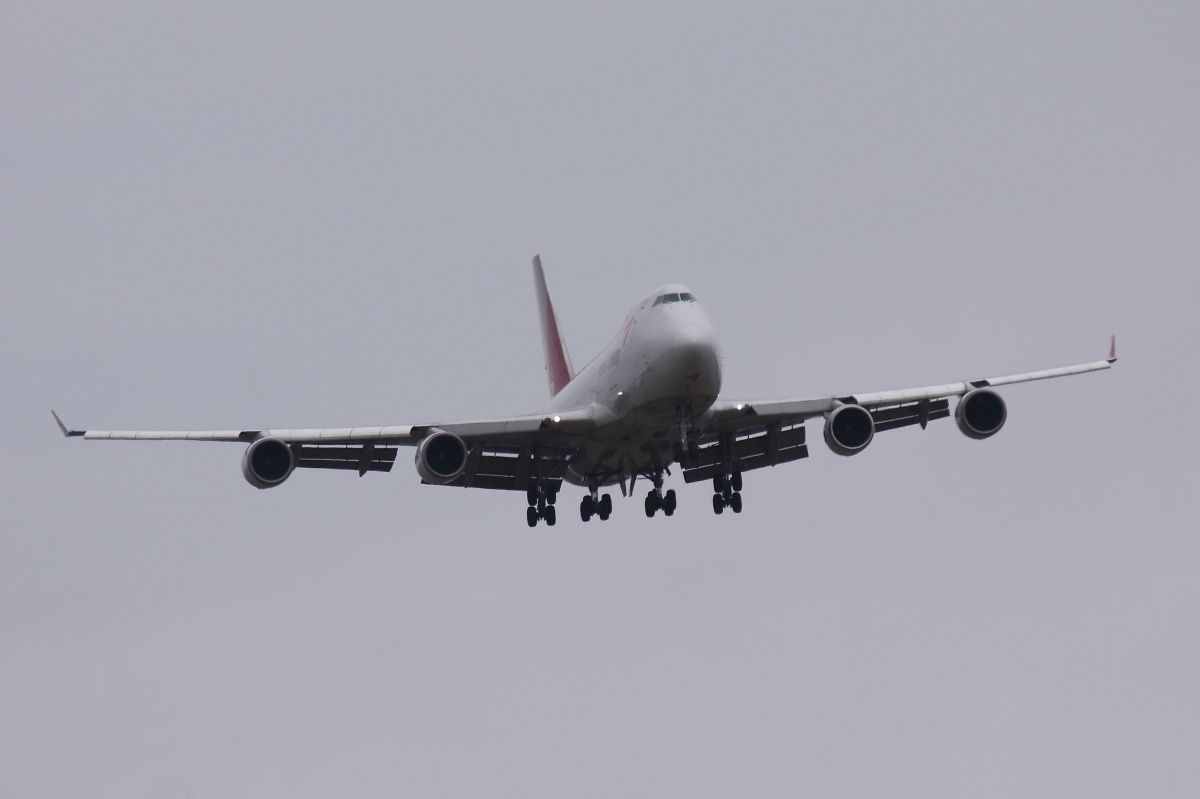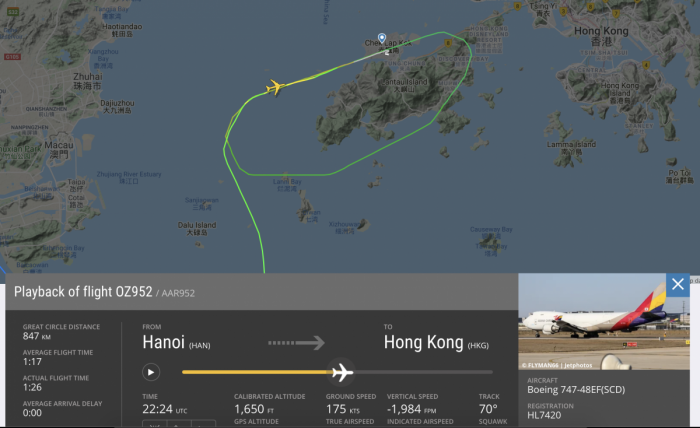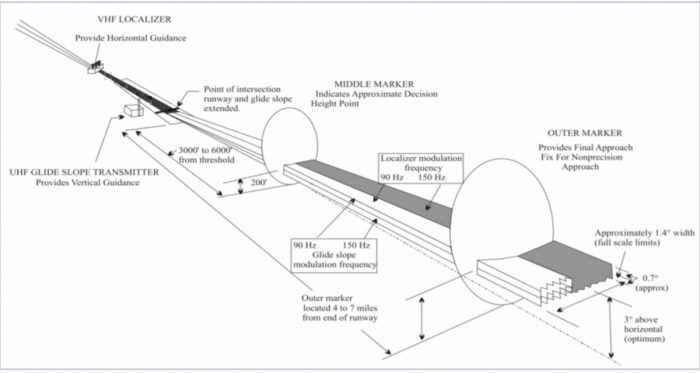A glideslope fluctuation appears to have caused the go-around of an Asiana aircraft at Hong Kong's Chek Lap Kok International Airport last week. The flight, coming in from Hanoi, was too low at just 800 feet above ground level over four nautical miles out from the runway. Hong Kong ATC instructed the plane to perform a go-around. It did so and shortly after landed safely.
Asiana plane was just 800 feet above ground level over four miles out
According to a report in The Aviation Herald, the Asiana 747-400 freighter (registration HL7420) was descending into Hong Kong Airport on Wednesday, 1 April. The aircraft was operating flight OZ-952. The freighter was coming in towards runway 07R using an ILS approach.
At 4.6 nautical miles out, the plane was just 800 feet above ground level. Hong Kong ATC told the Asiana flight to go-around. The aircraft climbed to 5,000 feet, went around, and landed safely on runway 07R. On the second landing, the plane was at 1,600 feet when 4.6 nautical miles out.
Glideslopes and glideslope fluctuations
Glideslope fluctuations are a well-known phenomenon. The glideslope itself is self-explanatory. It is the path and angle of descent for an airliner coming into land. Modern instrument landing system (ILS) approaches (such as the Asiana 747-400 was using) send radio signals to the incoming aircraft from the end of the runway. The aircraft uses the radio signals to guide it into the runway.
It is the pilot's role to control the aircraft while on the glideslope. Typically, an ILS approach brings an aircraft in on a 3◦ slope. It is a sophisticated system but as the Asiana incident suggests, ILS isn't flawless.
The transmitter at the end of the runway is sensitive to obstructions. Moving objects and other aircraft in the area can interfere with signals and cause an aircraft to fluctuate from its glidepath.
Hong Kong ATC was aware of some possible problems with glideslope fluctuations last week and warned the Asiana flight (and other flights) to keep an eye out for it. Pilots need to be aware of deviations from the predicted glideslope.
Glideslope fluctuations can have devastating consequences
Failure to respond to glideslope fluctuations can have devastating consequences. In early 2017, a MyCargo 747-400 freighter crashed into a village close to Bishkek Airport, killing 39 people. In the aftermath, Russia's aviation watchdog found out that the plane experienced significant glideslope fluctuation.
The plane came in to land in darkness and fog. But it was too high. Although the problem was showing on the pilot's display, there was no aural warning and the pilots missed the visual alerts. As a result, the aircraft touched down beyond the far end of the runway, almost wiping out a small village.
In October 2018, an Air India 787-8 with 207 people on-board, descended to 200 feet above ground level 2.6 nautical miles from the runway. This was attributed to glideslope fluctuation. Fortunately, the EGPWS issued a warning and the crew initiated a climb and go-around. That aircraft landed safely.
While ILS remains a popular landing tool, its shortcomings mean alternative landing approaches remain popular. Increasingly, airports are looking to GPS as an alternative source of approach guidance for aircraft.
After three hours on the ground in Hong Kong, HL7420 flew to Incheon, South Korea and has flown a full schedule ever since. It is currently operating a flight between Anchorage and Incheon.




